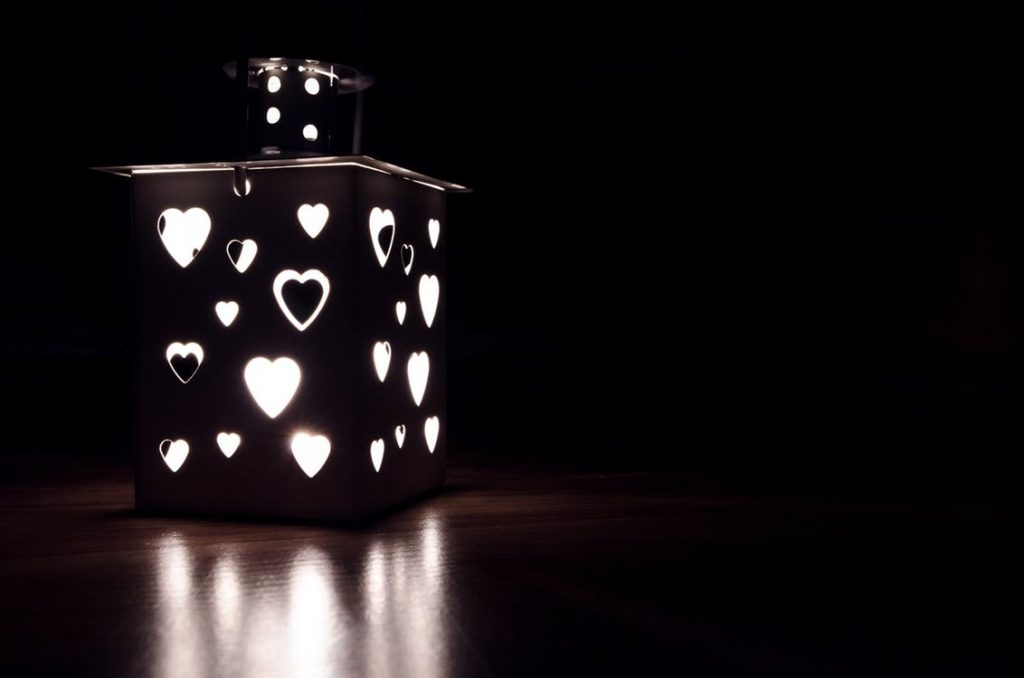

Himalayan pink salt lamps have been trending in the last few years. What’s it all about? Sure they look cool, but they can actually be rather beneficial for your apartment as well.
Typically giving off a pink or orange hue, these lamps do not make for a great source of light, despite the name. Rather they give off a soft, warm glow giving your room a soothing aesthetic, perfect for relaxing or studying.
But the primary purpose of these crystals is to detox the harmful chemicals in the ambient air within an enclosed space, as well as soak up radiation emitted from electronics such as phones, laptops and televisions. Light within the hollowed-out core of the crystal serves to warm up the salt, releasing negatively charged ions which bond with the positively charged particles. The union of the two is too heavy to remain suspended mid-air and drops to the floor, out of reach from your circulatory respiration. Since positive ions drain us of our energy and reduce blood to the brain, these lamps also both increase energy levels and improve sleep quality.
There are a few things to keep in mind when deciding whether or not to adorn your apartment with a Salt Lamp; a 1 pound crystal has an area of effect of 4 square feet. The average lamp is about 5-10lbs.; for a single room, one crystal might do the trick but unless you’re in a studio apartment, you’ll need 2-3 to ensure that the entire area is thoroughly cleansed. And as far as their placement, keeping the lamp as close to the center of a room as possible makes the most use of its purifying properties; placing it next to a wall or in a corner stifles the effect.
Keep in mind that there is also a fairly large amount of counterfeits on the market, as with anything that’s in vogue. Salt is a fairly fragile substance so be sure to handle your lamp with care; if it seems unusually tough, it’s a telltale sign that you might have a forgery on your hands.
The color of the crystal is also indication of its legitimacy; although a green or blue cast might give your spot a cool vibe, a true Salt Lamp is either pink, orange or somewhere in between. The crystal is granted its distinct color by a concentration of trace elements, also responsible for the decontamination process. Think substance, not looks. Salt is by nature an absorbent material. This is why it bonds so well with seawater. Some condensation is normal, but it shouldn’t be streaming down the side of the lamp. There should be a slight abrasive texture to the surface of the lamp, providing slight resistance to your touch.
The rigors of college life are rough as well, and can be overwhelming at times. Past your door, there should be a sense of ease from these stressors. A salt lamp would be well suited for fulfilling that need.
About the Author: Genesis Soto is a Psychology student at the Metropolitan State University of Denver and US Navy veteran. A wordsmith honing his literary edge, when not engaged in his craft, he can be found practicing mixed martial arts or immersed in nature. Genesis lives in the Mile High city in beautiful Colorado by the splendor of the mountains.



 Equal Housing Opportunity
Equal Housing Opportunity

